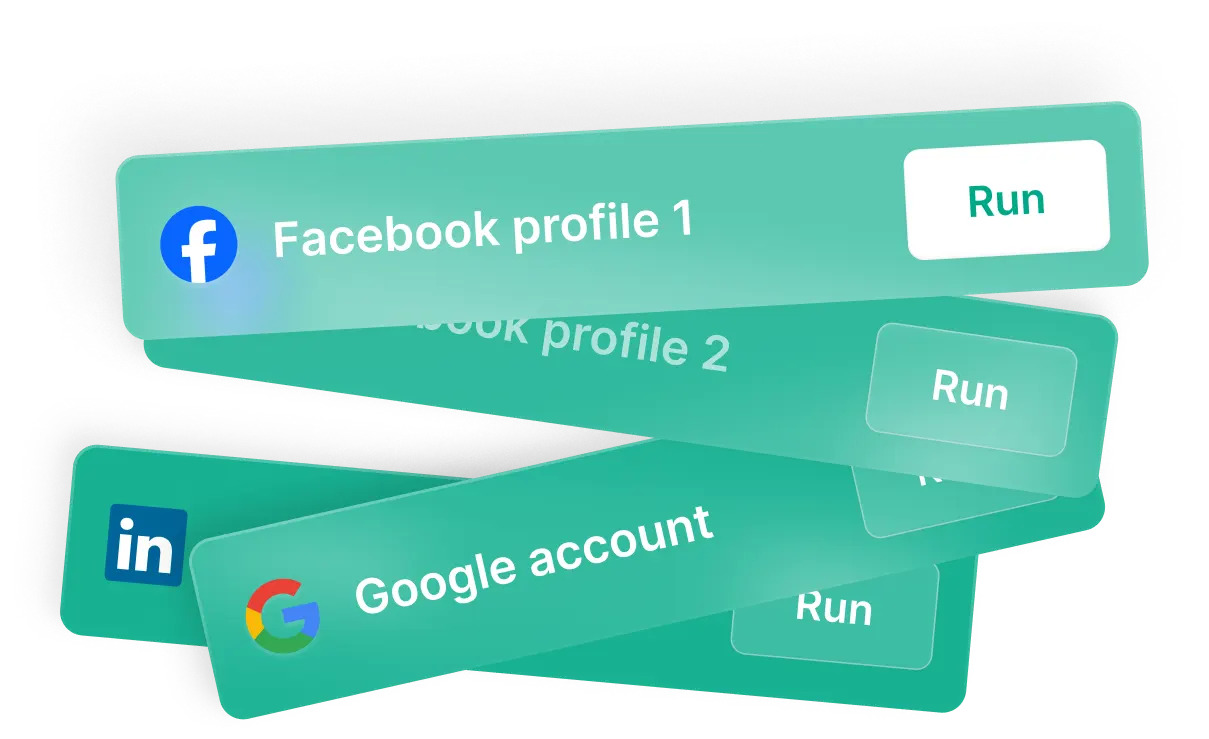Business to Consumer (B2C) market is where the transactions occur directly between the business and the consumer or end user of the product or service. This model is prevalent in retail, e-commerce, and service industries, particularly where companies sell products and services directly to consumers.
Key Components of B2C
Product or Service Offering: Businesses that deal with consumers directly are known as B2C companies, and they include businesses that deal in products like clothing, electronics, food delivery services, or online streaming services.
Target Market: The B2C business model involves identifying consumer needs and characteristics and using this information to target consumers effectively.
Sales Process: B2C sales cycles are generally shorter and less complex than B2B, and the primary aim is to make the buyer experience an emotional, necessity-based or want-based one.
The Potential of B2C
Digital marketing strategies that are effectively implemented in the B2C model can help in attracting a large number of customers, create sales revenue and customer loyalty. Customer experiences can be improved; convenience can be provided; personal needs and aspirations can be met. For instance, an e-commerce platform can offer an effortless shopping experience and ship products straight to consumers’ homes.
Nonetheless, challenges that affect B2C companies include competition pressures, shift of customer preferences, and pressure to introduce new products in the market.
Stages of Success in Business to Customer
Developing a successful B2C strategy involves several key steps:
- Step 1: Market Research. Invest time and money in market research so as to establish consumer tastes, habits, trends and competitors in the target market.
- Step 2: Value Proposition. Learn to create the right value proposition that will help to convey the benefits and value of your products or services to the consumers, as well as their needs, wants, and concerns.
- Step 3: Sales and Marketing. The third way is to use appropriate sales and marketing techniques in order to appeal to the intended audience. Use the online platforms, social media, celebrities and other relevant advertisements to market your products.
- Step 4: Customer Experience. Concentrate on delivering the highest levels of customer satisfaction in order to foster trust, commitment, and satisfaction. Provide the best recommendations, timely and efficient responses to customers’ inquiries, and convenient ways of buying products.
- Step 5: Performance Measurement. This means that one should periodically assess the various performance indicators like the number of sales, the number of customers acquired and retained, and the overall satisfaction of the customers as well as the return on investment. Apply data analytics in your strategies to be able to make good decisions that will yield better outcomes.
The Future of B2C
The B2C environment is dynamic due to changes in technology, customer behavior, and markets forces. Key trends shaping the future of B2C include:
Digital Innovation: Further expansion of digital, mobile, artificial intelligence-based, and integrated customer-facing and business solutions.
Personalization: These include the need to acquire products, services and even experiences that are unique to the consumer’s tastes, inclinations, and age.
E-commerce Growth: The increasing trend of e-business websites, online stores, and mobile shopping applications that have made the purchasing process easier, diverse, and more elastic.
Sustainability: Rising concern regarding sustainable and environment-friendly goods and services among customers, resulting in the emphasis on the green policy and moral corporate standards.
Companies that are able to align with these trends, transform to digital, focus on customer experience and innovate constantly stand to benefit from the ever-shifting B2C market environment and deliver value and growth for both the business and the consumer.
In conclusion, the Business to Consumer (B2C) market is a unique market segment where business organizations directly sell their products to individual customers. Thus, it is crucial to identify the key factors that enable the B2C sector’s functioning, including consumer needs, marketing strategies, and customer experience. The general conclusion is that it is possible to adapt to the new B2C market environment and achieve success and further growth by embracing such trends as digital innovation, personalization, the growth of e-commerce, and sustainability.
